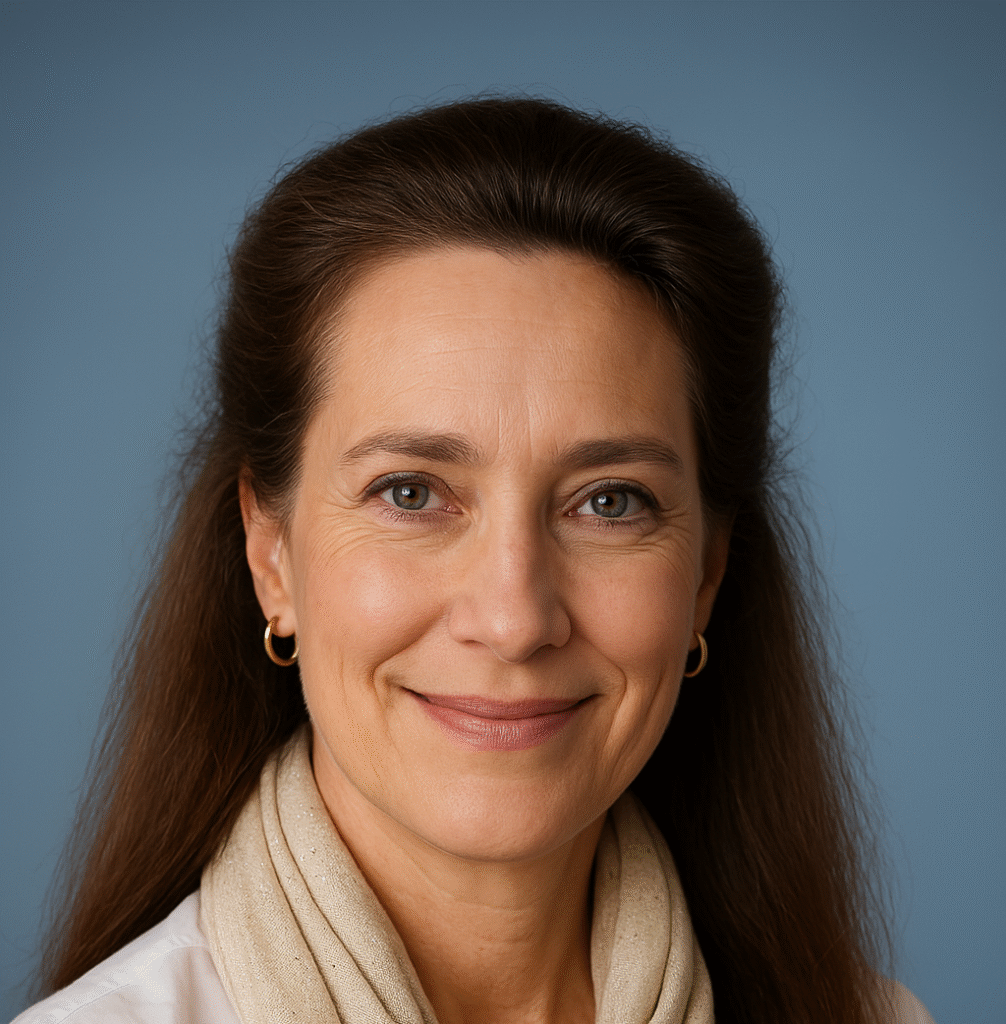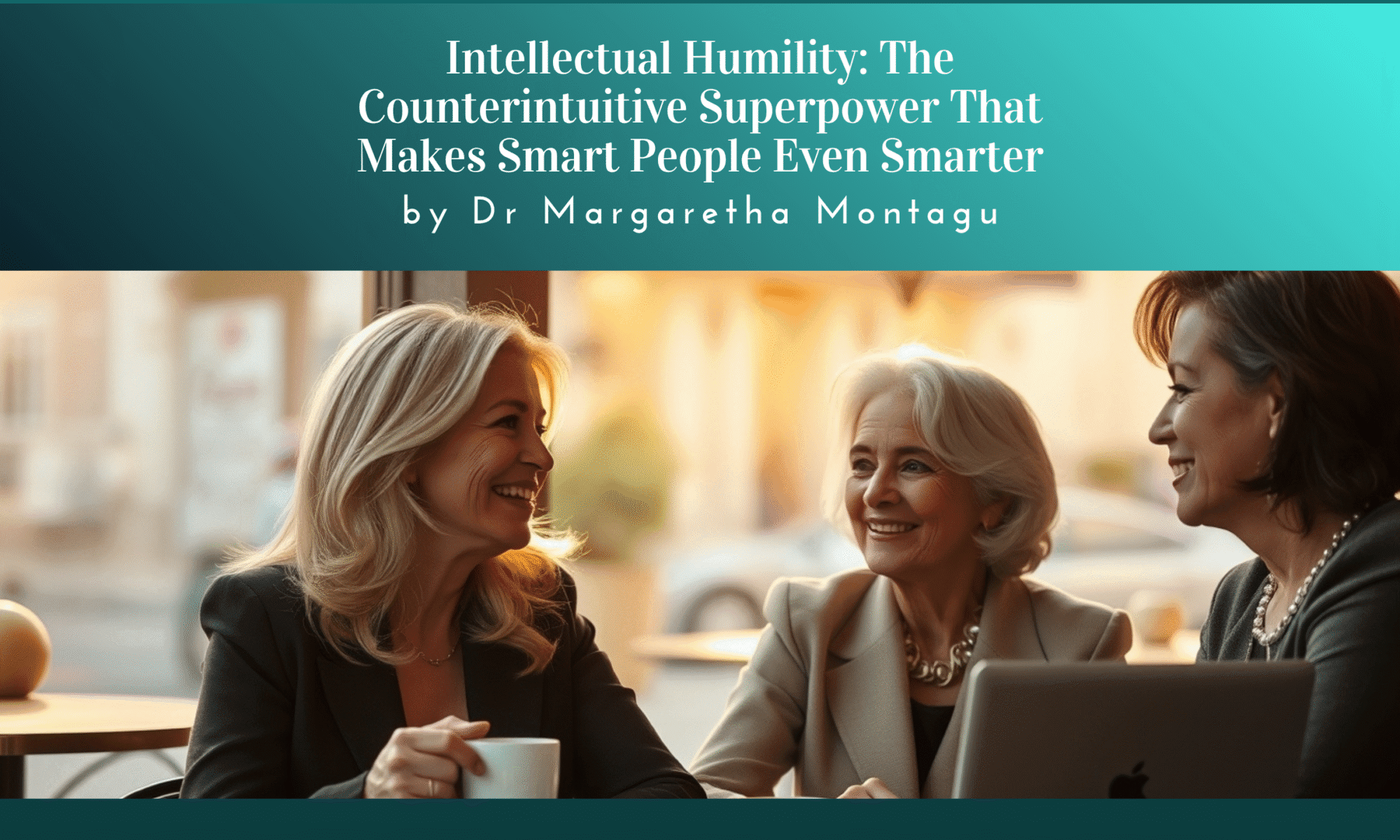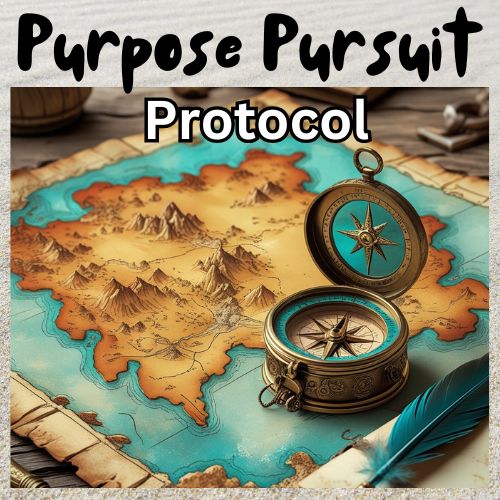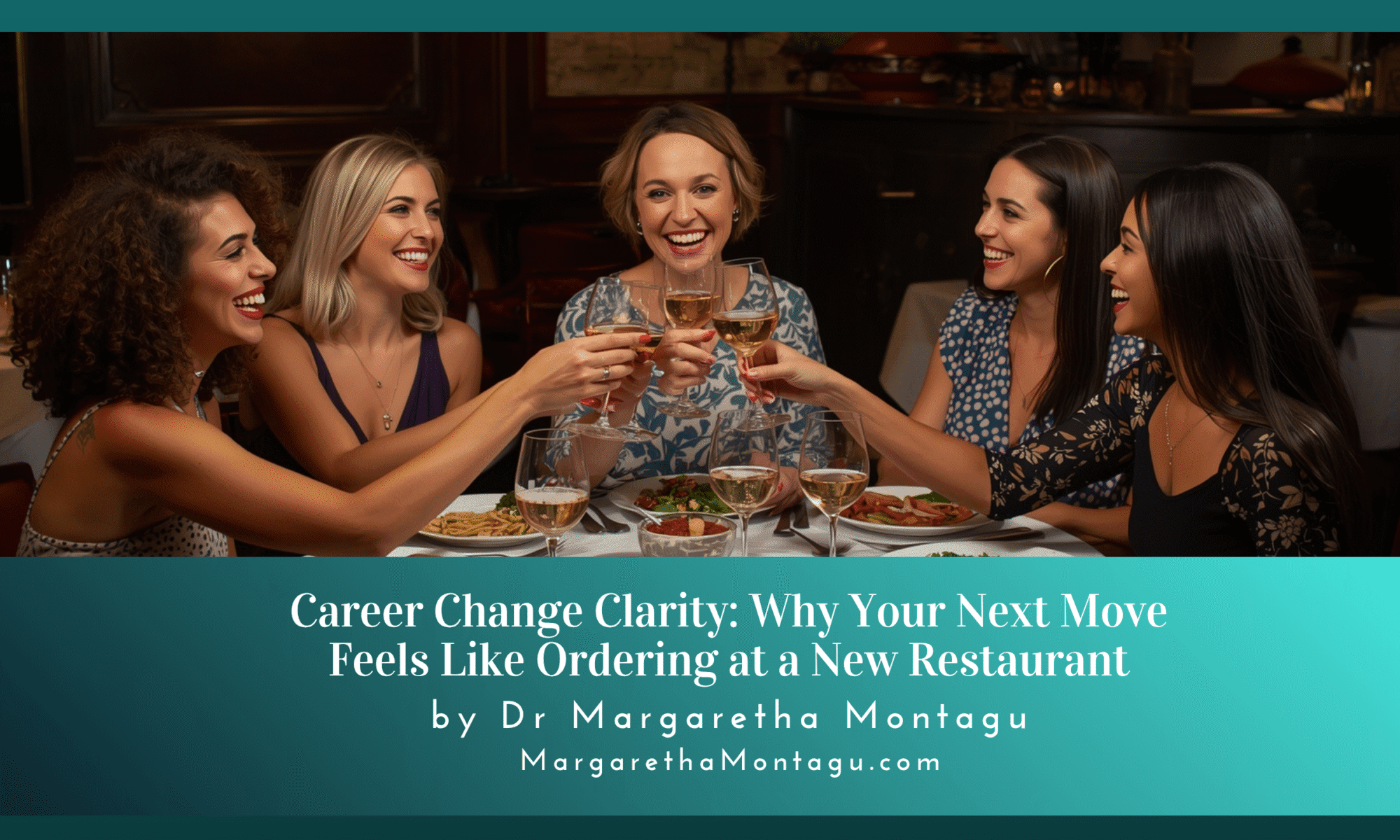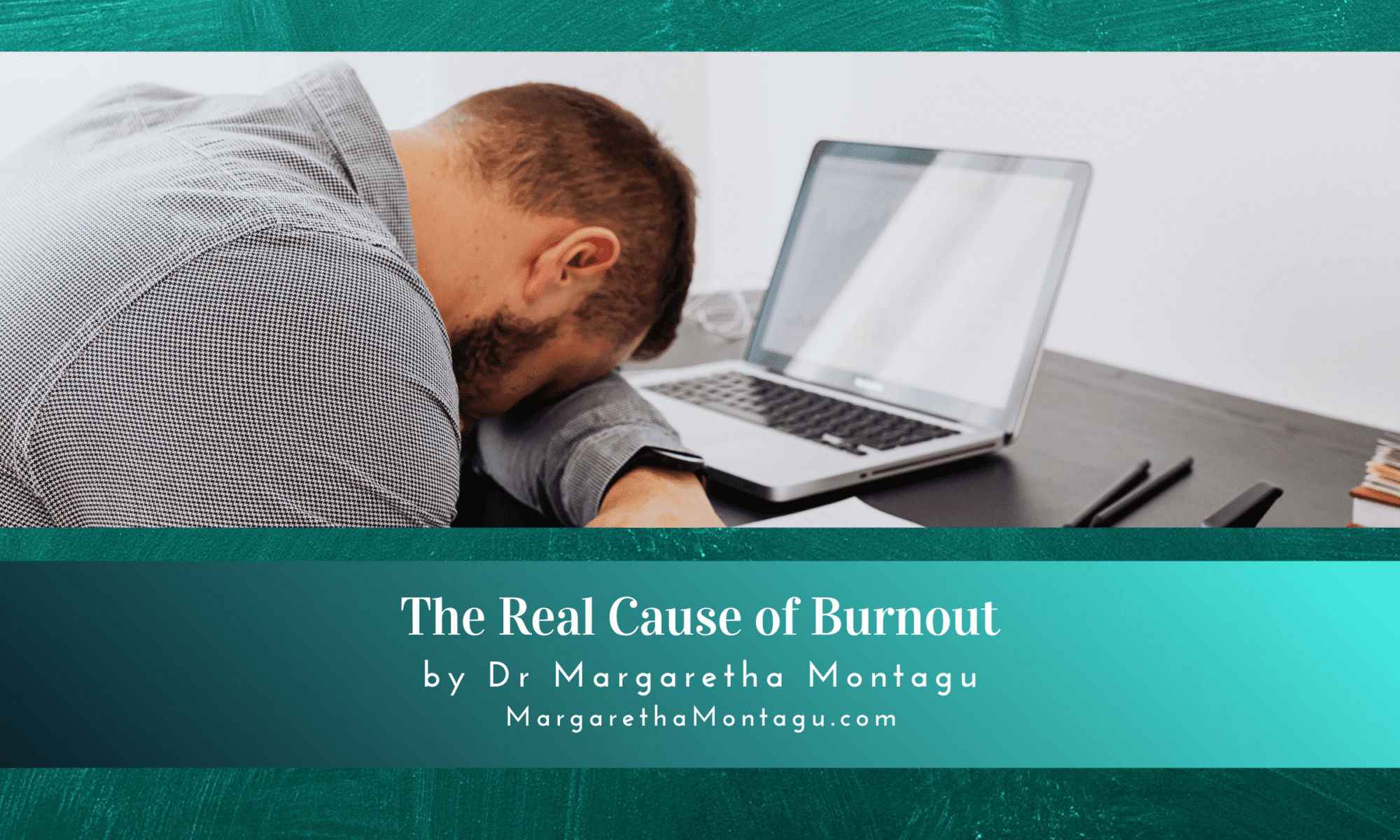The Simple Writing Practice That Clears Mental Chaos so You Can Finally Start Your Next Chapter
What this is: A practical exploration of morning pages, the brain-clearing writing practice that helps you process the mental chaos of major life transitions. Think of it as your daily mind-detox, not your therapy session.
What this isn’t: Another fluffy journaling article telling you to “gratitude your way to happiness” or pretend everything’s fine when it’s clearly not. No toxic positivity here.
Read this if: You’re navigating a significant life change (health crisis, divorce, loss, career shift), you’re over 40/50/60, your mind won’t stop spinning, and you’re ready to stop rehashing the same thoughts in an endless loop.
5 Key Takeaways
- Morning pages aren’t about solutions, they’re about evacuation. Getting thoughts onto paper prevents them from bouncing around your skull all day like mental shrapnel.
- The practice works precisely because it’s unedited and unseen. This isn’t Instagram-worthy journaling; it’s raw, messy thought-dumping that no one will ever read.
- Consistency matters more than perfection. Five minutes of complaining on paper beats hours of “trying to journal properly” that never happens.
- Morning pages create space for what matters. Once you’ve emptied the mental rubbish bin, there’s actually room for clarity, creativity, and forward movement.
- This practice is especially powerful during life transitions. When your entire world is shifting, morning pages become the one stable container that can hold whatever you’re feeling.
Introduction: When Your Brain Won’t Shut Down
You wake at 3 a.m., and there it is again: the same worry, the same question, the same mental replay of yesterday’s conversation. By morning, you’re exhausted from thinking. By midday, you’re making decisions you suspect you’ll regret. By evening, you’re too drained to do anything except collapse and prepare for another night of mental gymnastics.
Sound familiar?
If you’re navigating a major life transition, whether it’s recovering from a health crisis, processing divorce, grieving a loss, putting an empty nest in order and rebuilding after your world turned upside down, your mind likely feels like a browser with 47 tabs open. Some are frozen, some are playing ineffective calming music, and you can’t find the one that has the important information you need.
The hardest part isn’t always the event itself. It’s the relentless mental noise that follows. The rumination. The what-ifs. The endless replay of how things used to be or might have been. It’s exhausting, but it’s completely normal.
What if I told you that five minutes of complaining on paper each morning could change everything? That this simple, unglamorous practice could be the difference between drowning in mental chaos and actually moving forward, slowly and steadily?
I’m Dr. Margaretha Montagu, a GP with two decades of experience in stress management, an NLP master practitioner, medical hypnotherapist, and life transition coach. During the 15 years I’ve been hosting transformational retreats on the Camino de Santiago, I’ve witnessed hundreds of people navigate major life crossroads. I’ve written eight books on divorce, loss, illness, and coping with crisis. And I can tell you this: the people who successfully start their next chapter are the ones who learn to get their disturbing thoughts out of their heads onto paper.
Let me introduce you to morning pages, and explain why this deceptively simple practice might be exactly what you need right now.
Sarah Mitchell’s Story: From Midnight Spirals to Morning Clarity
Sarah Mitchell sat in her Edinburgh kitchen at 2:47 a.m., watching rain streak the window, her laptop screen casting a blue glow across her pale face. Again. This was the fourth night this week she’d found herself here, mind churning through the same loop: the diagnosis, the treatment, the career she’d had to put on pause, the woman she used to be versus whoever she was becoming.
At 49, Sarah had been a litigation solicitor, known for her sharp mind and sharper arguments. Then came the breast cancer diagnosis, eight months of treatment that felt like eight years, and a reconstruction surgery that left her body foreign to itself. Now, six months into remission, everyone expected her to be “back to normal.” To be grateful. To move on.
But her brain had other plans.
Every morning, she’d wake with her heart already racing, thoughts spooling out before her eyes even opened: Will it come back? Can I handle the pressure of court again? What if I’m not as sharp as I was? Should I go back at all? What else could I do? But I’ve invested 20 years in this career. Am I throwing it away? Am I being ungrateful? Other people don’t even survive…
The guilt of that last thought would trigger another spiral, and by the time she dragged herself out of bed, she was already defeated by the day.
Her sister had mentioned something called “morning pages” during a phone call. “Just write whatever’s in your head,” she’d said. “Don’t think, don’t edit, just dump it all out.”
Sarah had scoffed. She was a solicitor, for heaven’s sake. She wrote for a living. She didn’t need another writing exercise. What she needed was to stop thinking so much, not write more.
But at 2:47 a.m. on a rainy Tuesday, desperate for something, anything, to change, Sarah pulled out an old notebook from a kitchen drawer. She clicked her pen. And she started writing.
I hate this. I hate that I’m awake again. I hate that my brain won’t shut down. I hate that everyone thinks I should be fine now. I hate that I don’t know who I am anymore. I hate that I can’t decide about work. I hate that I’m scared all the time. I hate that…
She wrote for exactly four minutes, her handwriting getting messier as she went. Then she stopped, closed the notebook, and went back to bed. She didn’t read what she’d written. She didn’t analyse it. She just… slept.
The next morning, something unexpected happened. When Sarah woke and the usual thought-spiral began, it felt… quieter. Less urgent. The thoughts were still there, but they weren’t screaming quite as loudly. She made coffee, opened the notebook again, and wrote for another five minutes. More complaints. More questions. More messiness.
By the end of the first week, Sarah noticed she was sleeping past 5 a.m. By week two, she realised she’d made a decision about work; she didn’t even remember consciously considering it, it had simply emerged, clear as day, after days of dumping the mental debris onto paper.
Three months later, Sarah had filled two notebooks with mostly illegible ranting. She’d never once reread a single page. But she’d also done something remarkable: she’d negotiated a part-time return to work, started training for a half-marathon (something she’d vaguely wanted to do for years but never had “mental space” for), and begun exploring mediation work instead of litigation, using her legal skills in a less adversarial way.
“The pages didn’t solve anything,” she told her sister over lunch. “They didn’t give me answers. They just… stopped my brain from eating itself alive. Once I’d vomited all the worry onto paper each morning, I could actually think clearly enough to make decisions. It’s like I was trying to work out complex legal problems while someone was simultaneously shouting all my worst fears at me. The pages turned down the volume.”
Her sister smiled. “So, not just a writing exercise for solicitors?”
Sarah laughed, properly laughed, for the first time in months. “Turns out, sometimes you need to write the mess out before you can write the way forward.”
Why Morning Pages Work: The Science Behind the Brain Dump
Morning pages, originated by author Julia Cameron in her book The Artist’s Way, involve writing three pages of longhand, stream-of-consciousness writing first thing in the morning. Tim Ferriss adapted this into a five-minute version, which he describes as “bitching and moaning on paper.” Both approaches share the same fundamental principle: getting thoughts out of your head and onto paper, unfiltered and unedited.
But why does something so simple work so profoundly, especially during major life transitions?
Think of your mind as a computer’s working memory, what tech people call RAM. When too many programs are running simultaneously, everything slows down. Your brain operates the same way. During a major life change, your cognitive load skyrockets. You’re processing grief, uncertainty, identity shifts, practical concerns, and existential questions, often all at once. Your mental RAM is maxed out.
Morning pages act as a daily system reboot. By externalising the thoughts, you’re literally freeing up cognitive resources. This isn’t metaphorical; research in cognitive psychology shows that writing about stressful experiences reduces intrusive thoughts and improves working memory. When you write something down, your brain can stop using energy to remember or rehearse it.
For those of us over 40/50 and 60 navigating transitions, this is especially crucial. Midlife doesn’t just bring major life events; it brings them against a backdrop of hormonal changes, ageing parents, grown children, career pressures, and the unsettling realisation that time is finite. Your brain is already working overtime. Morning pages prevent complete system overload.
As someone who’s spent 20 years working with patients experiencing stress-related conditions, I’ve observed a consistent pattern: the people who cope best aren’t those who “stay positive” or “don’t think about it.” They’re the ones who acknowledge the mental chaos, give it somewhere to go, and then move forward with whatever cognitive space remains.
Morning pages also work because they’re private and imperfect. Unlike journaling intended for reflection or growth, morning pages are meant to be garbage. This removes performance pressure. You’re not trying to have insights or write beautifully. You’re just emptying the bin. This matters enormously when you’re already feeling fragile, scrutinised, or like you should be “handling things better.”
Finally, morning pages create a container for ambivalence, something life transitions are full of. You can simultaneously miss your old life and be excited about a new one. You can grieve and hope. You can be angry and grateful. Morning pages hold all of it without requiring resolution. This is precisely what your mind needs during major change: permission to be messy without having to fix it all immediately.
This practice becomes not just a mental health tool, but a life transition strategy. It helps you process without getting stuck in processing. It honours the difficulty without making the difficulty your entire identity. And it creates just enough space between you and your thoughts to remember that you are not your thoughts; you’re the person witnessing them.
When one person in a family or community begins processing their transition more effectively, the ripple effects are remarkable. They show up more present. They make clearer decisions. They stop leaking unprocessed anxiety onto everyone around them. They model that it’s possible to go through something hard without falling apart or pretending everything’s fine. This permission, given through example, often liberates others to address their own transitions more honestly.
In my retreats on the Camino de Santiago, I’ve watched morning pages transform group dynamics. When participants start their day clearing their mental clutter, they arrive at our storytelling circles more open, less defensive, more genuinely curious about others’ experiences. The practice creates a foundation for deeper connection because people aren’t simultaneously trying to navigate conversation while wrestling with their internal noise.
5 Critical Mistakes to Avoid with Morning Pages
Mistake 1: Rereading What You’ve Written
The whole point is evacuation, not analysis. If you read back over your pages, you’re essentially re-ingesting the mental garbage you just expelled. It defeats the purpose entirely. Write it, close the notebook, move on. These pages aren’t your memoir; they’re your mind’s compost heap.
Mistake 2: Trying to Make Them “Productive” or “Insightful”
Morning pages aren’t for epiphanies, though they sometimes produce them as a side effect. They’re for complaining, worrying, rambling, and mentally sorting through the detritus of your life. The moment you start performing for an imagined audience or trying to force wisdom, you’ve lost the raw honesty that makes this practice effective.
Mistake 3: Waiting Until You “Have Time” or “Feel Like It”
Morning pages work through consistency, not perfection. Five minutes of scribbled nonsense every morning beats an hour of beautiful journaling once a month. The practice creates cumulative cognitive relief. Waiting for the perfect moment ensures you’ll never start, and your brain will continue its exhausting loop.
Mistake 4: Judging the Content
You’ll write petty things. Repetitive things. Things that seem trivial or embarrassing. You’ll complain about the same issue 47 days in a row. This is normal and fine. Your morning pages aren’t a reflection of your character; they’re a reflection of what your brain needs to release that particular morning. No judgment, no censoring, no editing for palatability.
Mistake 5: Expecting Immediate Transformation
Morning pages work quietly and cumulatively. You won’t finish day one feeling like a new person. You might not notice anything for two weeks. Then one day, you’ll realise you slept through the night, or made a decision that had been paralysing you, or felt genuinely present during a conversation instead of mentally rehearsing your worries. Trust the process before you see the results.
Intention Setting Exercise: Your Morning Pages Commitment
Take a moment right now to set a clear intention around this practice. You might even want to write this out:
My Morning Pages Promise to Myself:
For the next 21 days, I commit to writing morning pages for five minutes immediately upon waking. I will not reread them. I will not judge them. I will not make them profound. I will simply use them as a daily mental evacuation system, trusting that clearing space in my mind will allow clarity to emerge naturally.
I’m doing this because: [Fill in your specific reason: because my mind won’t stop spinning, because I need to make decisions about my next chapter, because I’m tired of mental exhaustion, etc.]
I’ll know this is working when: [Name one small sign: I sleep better, I feel less mentally chaotic, I make a decision I’ve been avoiding, etc.]
My backup plan if I miss a day: I’ll start again the next morning without self-criticism or abandoning the practice entirely.
Sign it. Date it. Refer back to it when motivation wavers.
Further Reading: 5 Books on Morning Pages and Life Transitions
1. The Artist’s Way by Julia Cameron
This is the origin text for morning pages. Cameron developed this practice as a creativity tool, but its applications extend far beyond art. Her 12-week program includes morning pages as the foundational practice. I recommend this book because it contextualises the practice within a broader framework of creative recovery, which is often what life transitions require: recovering your ability to imagine new possibilities.
2. Writing Down Your Soul by Janet Conner
Conner takes morning pages deeper into spiritual territory, exploring how this practice can become a dialogue with your deeper self or, if you’re spiritually inclined, with the divine. For those navigating transitions that raise existential questions, this book offers a framework for using morning pages as a tool for accessing wisdom beyond your conscious mind.
3. The Morning Mind by Dr. Robert Carter Jr. and Dr. Kirti Salwe Carter
This book combines neuroscience with the practice of morning routines, including writing. It’s particularly useful if you want to understand the brain science behind why dumping thoughts onto paper first thing creates cognitive benefits throughout your day. The authors explain how morning practices literally reshape neural pathways.
4. A Mindfulness-Based Stress Reduction Workbook by Bob Stahl and Elisha Goldstein
While not specifically about morning pages, this workbook offers complementary practices for managing the stress and rumination that often accompany major life transitions. Morning pages combined with mindfulness practices create a powerful toolkit for navigating change without being overwhelmed by it.
5. The Untethered Soul by Michael Singer
Singer’s work on learning to observe your thoughts rather than being consumed by them pairs beautifully with morning pages. His exploration of how we create suffering through mental narrative helps contextualise why getting those narratives onto paper, where you can see them as separate from yourself, is so liberating.
P.S. If you’re specifically looking for a practical, day-by-day guide to navigating life transitions, my book Embracing Change, in 10 Minutes a Day offers bite-sized practices (including morning pages) designed for people who are overwhelmed and don’t have hours for self-development. It’s structured to meet you where you are, even on the hardest days. Available here
A Voice from the Storytelling Circle
“After losing my husband, I felt like I was drowning in my own head. Every morning was a battle to get out of bed, and the thoughts just never stopped. When I joined Dr. Montagu’s Purpose Pivot Protocol and started attending the weekly storytelling circles, she introduced us to morning pages. Honestly, I thought it was too simple to work. But within three weeks, something shifted. The pages gave my grief somewhere to go every morning, and the storytelling circle gave me a safe place to share the parts I needed witnessed. For the first time in 18 months, I felt like I wasn’t just surviving, I was actually beginning to live again. The combination of private morning pages and shared stories in the circle created this beautiful balance between solitude and connection that I desperately needed.”
— Jennifer K., Purpose Pivot Protocol participant, 2024
Learn more about the Purpose Pivot Protocol online course here
5 FAQs About Morning Pages for Life Transitions
Can I type my morning pages instead of writing by hand?
You can, though handwriting is generally more effective for several reasons. Handwriting is slower, which prevents your brain from racing ahead. It also engages different neural pathways than typing, creating stronger cognitive processing. That said, if you have arthritis, mobility issues, or truly hate handwriting, typed morning pages are infinitely better than no morning pages. The practice matters more than the medium.
What if five minutes isn’t enough to get everything out?
Then write for longer, but be cautious about this becoming an avoidance strategy. The goal isn’t to resolve everything on paper; it’s to release enough pressure that you can function. Julia Cameron’s original recommendation is three pages (about 750 words), which typically takes 20-30 minutes. Experiment to find what works, but don’t let “not having enough time to finish” become a reason not to start.
Should I use morning pages instead of therapy?
Absolutely not. Morning pages are a self-care practice, not a replacement for professional support. If you’re navigating trauma, clinical depression, severe anxiety, or complex grief, you need proper therapeutic support. Morning pages can complement therapy beautifully, they give you somewhere to process between sessions, but they’re not a substitute for professional help when that’s what’s truly needed.
What if I don’t have anything to write about?
Write “I don’t have anything to write about” until something emerges. Or write about how annoying this exercise is. Or write about what you can see, hear, smell, taste, and feel right now. The content genuinely doesn’t matter. The act of moving pen across paper, even if it’s nonsense, creates the cognitive shift. Your brain will fill the space if you just keep the pen moving.
How long before I notice results?
Most people report subtle shifts within one to two weeks: slightly better sleep, marginally clearer thinking, small decisions made more easily. Significant changes, feeling genuinely less mentally chaotic, making major decisions with clarity, often emerge around the three to four week mark. This is why the 21-day commitment is so important. You need to push past the “is this working?” phase to reach the “this is working” phase.
Conclusion: The Page Knows Before You Do
Here’s what I’ve learned from two decades of working with people in transition, both in my medical practice and through transformational retreats: the answer is rarely “think harder.” It’s almost always “get the thoughts out of the way so you can see what’s left.”
Morning pages don’t solve your problems. They don’t make the grief disappear or the decisions obvious or the uncertainty comfortable. What they do is create just enough space between you and the mental chaos that you can begin to move forward, one small decision at a time.
As Tim Ferris says, “Morning pages don’t need to solve your problems. They simply need to get them out of your head, where they’ll otherwise bounce around all day like a bullet ricocheting inside your skull. Could bitching and moaning on paper for 5 minutes each morning change your life? As crazy as it seems, I believe the answer is yes.”
Morning pages are that first step. The one that requires nothing except a pen, paper, and five minutes of your morning. The one that doesn’t demand you have answers or feel better or be further along than you are. Just the willingness to empty your mind onto paper and see what emerges when you’ve cleared the space.
Your next chapter is waiting, not in some distant future when you’ve “figured everything out,” but in the quiet clarity that comes when you stop letting thoughts ricochet inside your skull and start letting them out.
Walk Your Next Chapter into Being
Sometimes, the thoughts are so loud that sitting still makes them worse. Sometimes, you need to move your body to settle your mind.
If you’re ready to combine the clarity of morning pages with the ancient practice of walking meditation, join me for a 7-day Camino de Santiago Crossroads Retreat in the stunning southwest of France. These retreats are designed specifically for people navigating life transitions, the ones who know they’re at a crossroads and are ready to walk toward what’s next.









Each morning begins with morning pages in the peaceful French countryside. Then you walk sections of the legendary pilgrimage route, giving your body somewhere to put the restless energy while your mind processes. We often gather for storytelling circles with my Friesian horses, whose quiet presence creates a profound space for sharing, listening, and being witnessed in your transition.
This isn’t a hiking trip with some self-help tacked on. It’s a carefully crafted container for the messy, non-linear work of starting your next chapter. You’ll leave with clarity you couldn’t access while sitting in your usual environment, thinking the same thoughts in the same rooms.
If your mind won’t stop spinning and your next chapter feels both urgent and unclear, perhaps it’s time to walk toward it. Discover the Camino de Santiago Crossroads Retreat here
Reflection Question: What would become possible if you cleared just five minutes of mental space each morning? What decision might emerge if you stopped rehearsing it and started releasing it onto paper?
Stress destroys Lives. To find out what you can do to safeguard your sanity by taking my insight-giving quiz, subscribe to my mailing list.
Foundations for Your Future Protocol – a fast-paced, high-impact, future-focused course that facilitates the construction of identity-shaping stories about your future self so that you can make the changes needed to avoid having to go through big life changes again and again—without needing to process your past in depth and in detail.

Author Bio: Dr Margaretha Montagu – described as a “game changer”, “gifted healer”, “guiding light” and “life-enriching author” – is an experienced medical doctor, a certified NLP practitioner, a medical hypnotherapist, an equine-assisted psychotherapist (EAGALAcertified) and a transformational retreat leader who guides her clients through life transitions – virtually, or with the assistance of her Friesian and Falabella horses, at their home in the southwest of France.
There appears to be no peer‑reviewed research that studies Julia Cameron’s specific “morning pages” protocol by name, but there is a substantial body of research on closely related practices such as expressive writing, free‑writing, and daily journaling for mental health, eg. : Sohal M, Singh P, Dhillon BS, Gill HS. Efficacy of journaling in the management of mental illness: a systematic review and meta-analysis. Fam Med Community Health. 2022 Mar;10(1):e001154.





